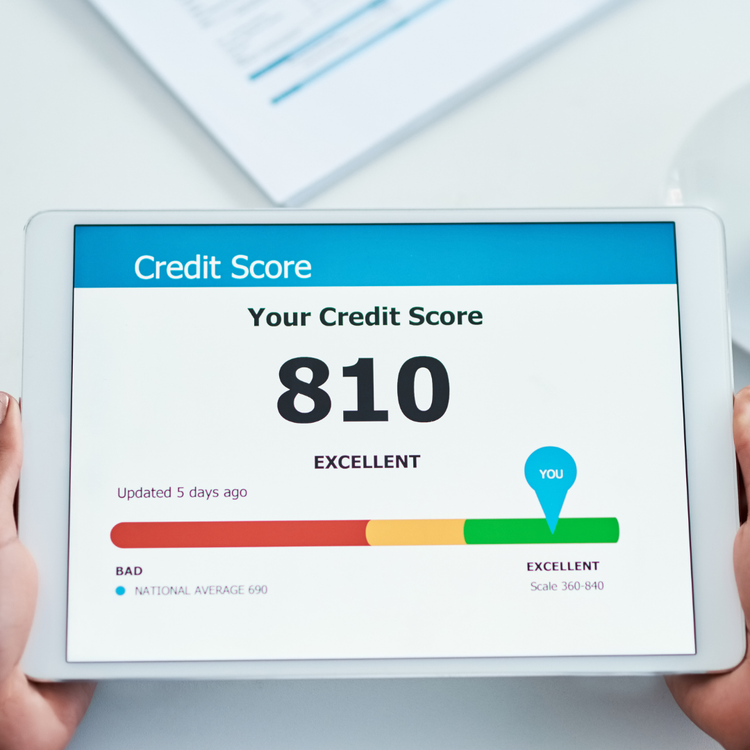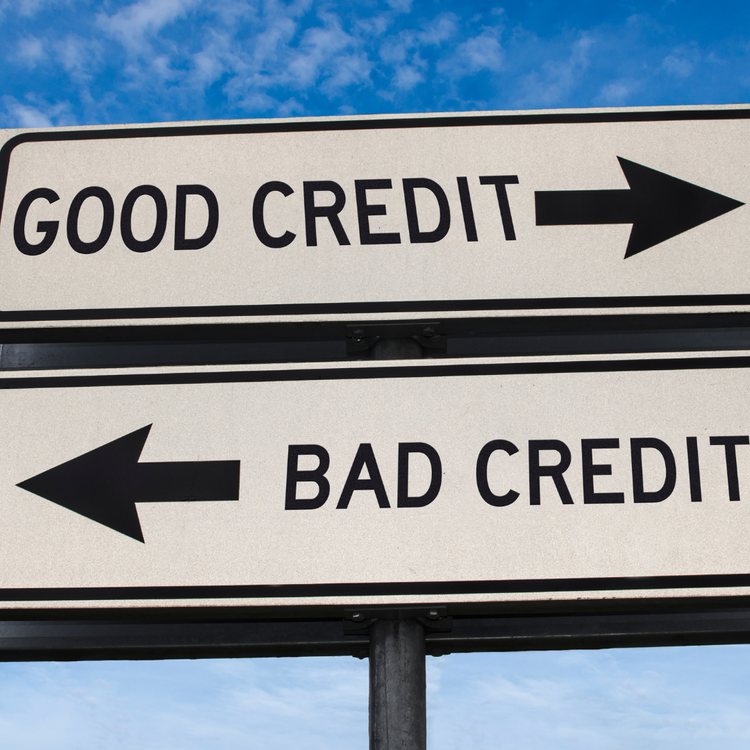What is the difference between a charge card and a credit card?

Short Answer:
Credit cards and charge cards are tools for making purchases without the need of cash. However, there functionalities and repayment mechanisms diverge significantly. Credit cards have a maximum credit limit and allow you to carry a balance with interest, while charge cards require you to pay the balance in full each month with no preset spending limit.
Longer Answer:
Credit cards and charge cards serve as convenient tools for making purchases, but their functionalities and repayment mechanisms diverge significantly.
Credit Cards:
- Credit cards extend a line of credit to cardholders, allowing them to make purchases up to a set credit limit.
- Cardholders have the flexibility to carry a balance from month to month, subject to interest charges on the outstanding balance.
- Minimum monthly payments are required, but cardholders can choose to pay the full balance or a portion of it.
- Credit cards typically have revolving credit limits, meaning the available credit replenishes as payments are made.
Charge Cards:
- Charge cards, on the other hand, do not have a preset spending limit but require the cardholder to pay the balance in full each billing cycle.
- Cardholders cannot carry a balance beyond the billing cycle; thus, charge cards lack the concept of revolving credit.
- While charge cards may not have a predetermined spending limit, card issuers may monitor spending patterns and adjust limits accordingly.
Mortgage Underwriting Considerations
When applying for a mortgage, lenders evaluate an applicant's financial profile to assess their creditworthiness and repayment capability. Credit cards and charge cards can significantly influence this evaluation process due to their distinct repayment structures and implications for debt management.
Credit Cards:
- Minimum monthly payments on credit card balances factor into the borrower's debt-to-income ratio (DTI), which is a key metric used by lenders to gauge repayment capacity.
- Lenders consider the credit utilization ratio, which measures the amount of available credit being used. Higher utilization ratios can signal financial strain and may impact the mortgage approval decision.
- Late payments or delinquencies on credit card accounts can negatively impact credit scores, potentially affecting mortgage eligibility and interest rates.
Charge Cards:
- Charge card balances are typically paid in full each month. Under this assumption, lenders are able to omit the monthly payment stated on the credit report. However, the balance noted on the credit report for the charge card will be deducted from amount of money available for down payment and closing costs.
- If the client does not have the funds to pay off the balance on the charge card, the lender might count a % (like 5%) of the balance towards the monthly Debt to Income Ratio.
- Timely payment of charge card balances reflects positively on a borrower's credit history, enhancing their creditworthiness in the eyes of mortgage lenders.
Conclusion
Credit cards and charge cards represent two distinct approaches to managing finances and making purchases. While credit cards offer flexibility and convenience, they come with the risk of accumulating debt and paying substantial interest charges. Charge cards, on the other hand, promote disciplined spending habits but require immediate payment of the full balance.
Mortgage underwriters view credit and charge cards differently in terms of approving mortgage applications. Charge cards require borrowers to have extra cash for closing. On the other hand, credit card minimum balances will be added to a borrower's debt to income ratio reducing a borrower home purchasing ability.
Have additional questions about the difference between credit and card card, I am happy to answer them. Reach out to me at teamjd@mainstreethl.com
—
These blogs are for informational purposes only. Make sure you understand the features associated with the loan program you choose, and that it meets your unique financial needs. Subject to Debt-to-Income and Underwriting requirements. This is not a credit decision or a commitment to lend. Eligibility is subject to completion of an application and verification of home ownership, occupancy, title, income, employment, credit, home value, collateral, and underwriting requirements. Not all programs are available in all areas. Offers may vary and are subject to change at any time without notice. Should you have any questions about the information provided, please contact me.
Find more answers to questions at www.jdanswersquestions.com



